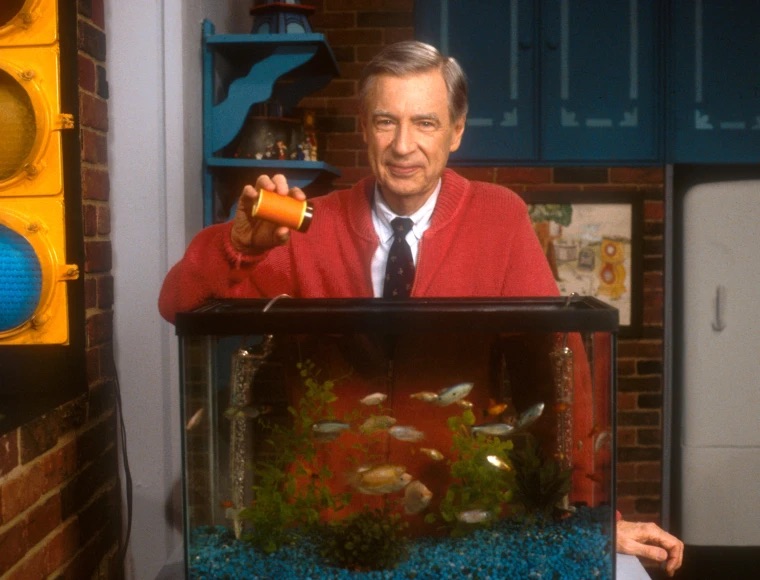Shawn Gray • DIrector of Christian Education
February 22, 2024“Neighbor” is an idea that we are familiar with. A very well-known story about being a neighbor is the Good Samaritan. Mr. Rogers asks, “won’t you be my neighbor?” The language of neighbor is common, but like many frequently used words, the depth of meaning can be lost in the frequency of use. Two pivotal questions we can glean from the Good Samaritan story in Luke are, “who is our neighbor?” and “how do we love our neighbor?” These questions are very important for us and for the church to consider.

Often, we think in terms of membership and how to incorporate others into our community. However, being a neighbor does not require incorporation. We see this with the Samaritan man as he stays the Samaritan man throughout the entire story. We also understand neighbor to mean a person or group who is close to us, or those with whom we are most likely to interact. Our current age of interconnectedness would have this definition include all people. The Guardian wrote an article where researchers checked 30 billion electronic messages and found that we can be connected to anyone through 6.6 people, beginning with someone you know.
By studying billions of electronic messages, they worked out that any two strangers are, on average, distanced by precisely 6.6 degrees of separation. In other words, putting fractions to one side, you are linked by a string of seven or fewer acquaintances to Madonna, the Dalai Lama and the Queen. (Smith, 2008)
The ways in which we interact with the world are vastly different now than 30 years ago as we have entered this age of connection where millions of people are accessible through the phone in our pocket.
While the number of our neighbors have grown, I wonder if the way we are to love them has stayed the same. How do we as individuals or as a church love our neighbors? The Samaritan recognized the needs of his neighbor and provided for him. Fred Rogers created a television show with the message that we are all valuable and special.
There is a special story about Fred Rogers learning about and providing for the needs of another. Fred Rogers would feed his fish on every show, and while he fed his fish, he would narrate that he was feeding his fish. He began narrating this without any public explanation. It was later understood that Fred Rogers received a letter from a concerned little girl who was blind and worried that Mr. Rogers’ fish were hungry because she never heard him feeding them. Mr. Rogers responded to this by making sure to narrate his feeding of the fish so the little girl would not worry.
Every situation is unique and there is not one prescription for how to love all our neighbors. However, if we look and listen to those we share the world with, we will find many opportunities to be a good neighbor.